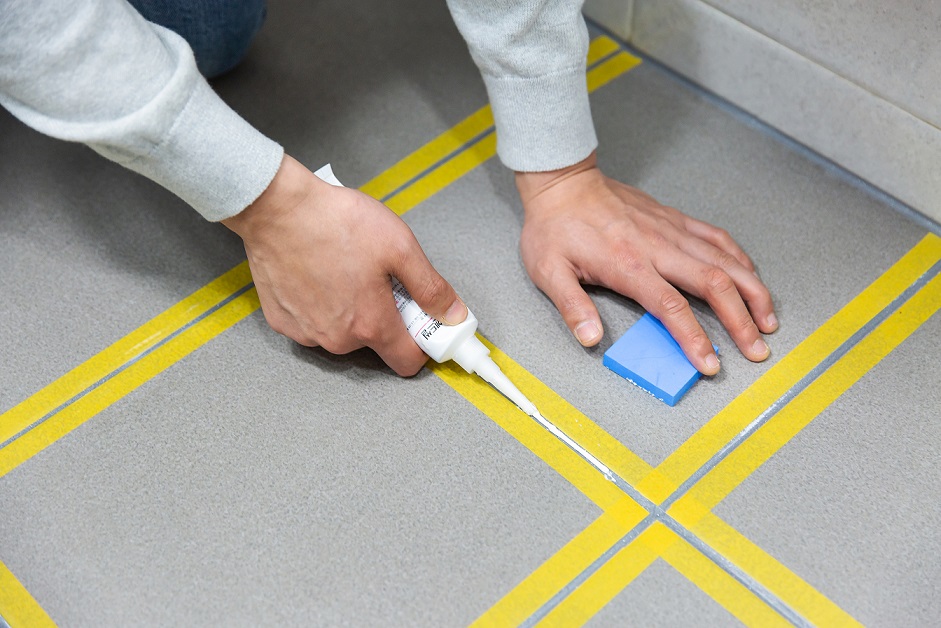
Best type of grout to use with porcelain tile
Cement grout is historically one of the most widely used grouts for both outdoor and indoor tile projects. It can come in sanded and unsanded varieties. Cement grout is often selected for its affordability compared to other grout options. However, it has multiple drawbacks. It’s a porous material, meaning it needs to be sealed to remain weather and damage resistant, especially in areas with heavy foot traffic. Without regular sealing, cement grout can become a tile gutter — developing cracks, absorbing debris, or even holding on to moisture that may result in mold if unaddressed. Its lower durability means it’s at higher risk for damage and replacement over time, so many experts are moving away from this material in favor of higher performing alternatives.
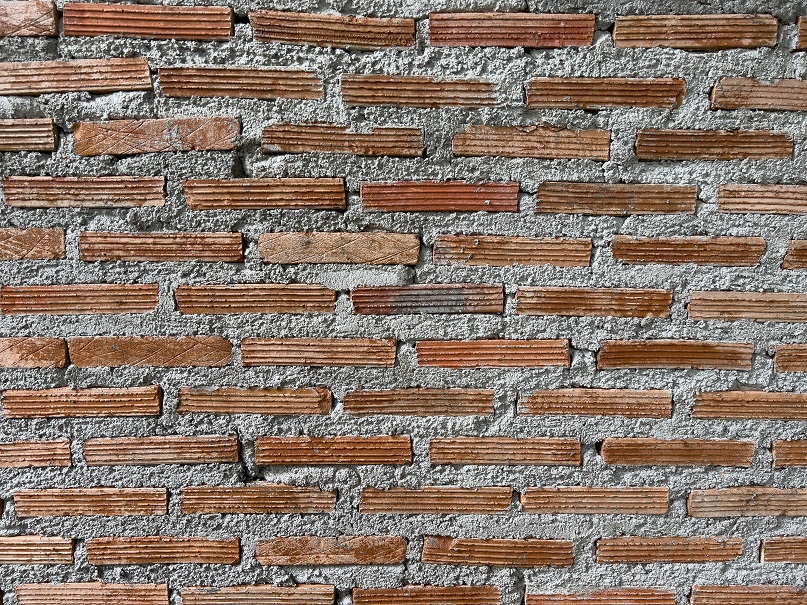
Latex grout is a cement grout that has been modified with latex. It’s similar to a sanded cement grout, but has increased water resistance and strength due to its latex component. Like cement grout, latex grout needs to be sealed. If it’s a lighter color, experts suggest sealing it multiple times to prevent staining.
Epoxy grout is a type of grout that does not contain cement, and is instead made of a mixture of epoxy resin and filler material, such as silica or quartz. When these materials are mixed together, they combine to create a strong and flexible grout that is waterproof, chemical resistant, stain proof, and highly durable over time. Unlike other grout options, epoxy grout does not need to be sealed. Many professionals now opt for epoxy grout over other options because of its unmatched strength and low maintenance.
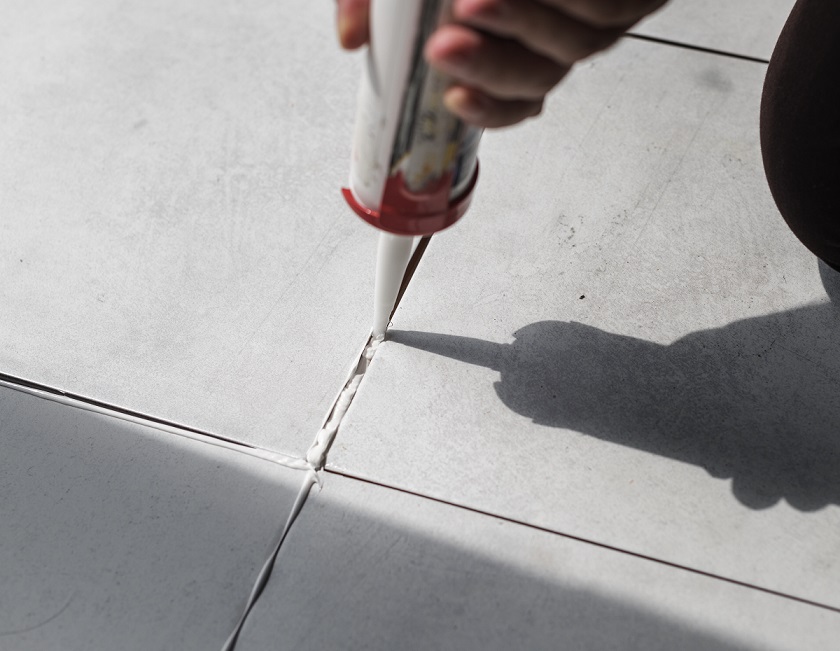
When to use sanded vs unsanded grout
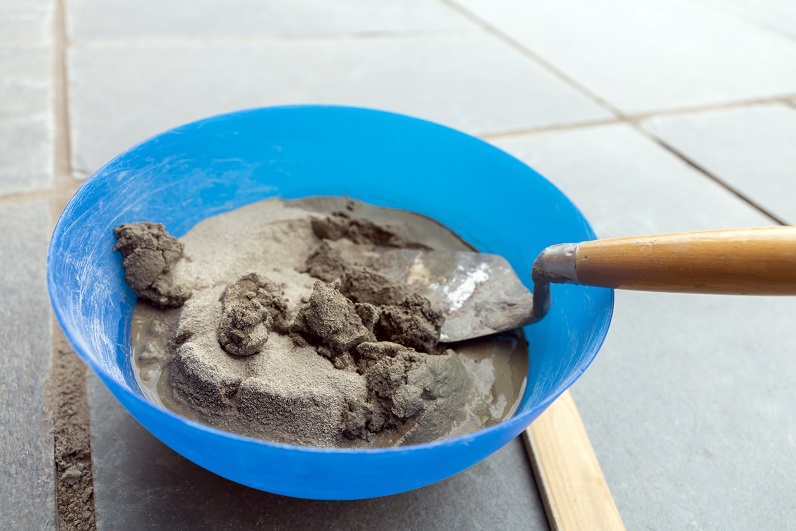
Benefits for porcelain tile grout
As we mentioned above, epoxy grout is one of the best options on the market for ensuring long-term durability and low maintenance for your tile project. Let’s take a look at some of its specific benefits
Durability
Durability is one of the primary reasons to select epoxy grout. It has double the strength level compared to cement grout, making it incredibly durable and an excellent material for areas with high foot traffic. It must meet standards for shrinkage, sag, bond, strength, thermal shock, among other things. Unlike cement grout, epoxy is unlikely to crumble and break over time with heavy use.
Resistance to stains, chemicals or water
One of epoxy’s greatest strengths is its natural water resistance. Epoxy grout can absorb around 50-times less water than cement grouts, which means the material is less prone to developing mold. Its low absorption rate makes it a clear choice for projects that have regular exposure to moisture, such as kitchens and bathrooms. It also performs well in outdoor spaces impacted by rainfall, humidity, and standing water. In addition, epoxy maintains high resistance to chemicals and stains. It’s often selected for tough environments impacted by industrial chemicals.
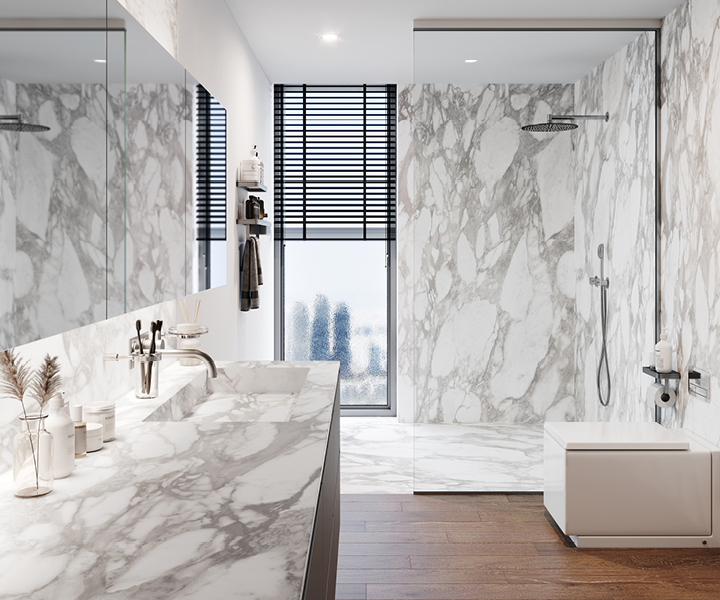
Availability in a wide range of colors
One particular benefit of epoxy grout is its wide range of colors. Grout color is just as important as tile selection, as it puts the finishing touch on your project. Neutral epoxy grout colors include black, white, and gray. Tintable grouts offer an alternative to pre-colored grouts, with additional custom color combinations to complement your tile design.
Low maintenance
Once installed properly, epoxy grout is incredibly low maintenance. One of its biggest benefits is that it does not need to be sealed, like cement grouts. The material will not absorb water, dirt, or debris. When cleaned, epoxy grout can return to its original color, rather than a dirty gray look. Its high durability means the material will not crack or need to be replaced frequently.

Selecting complementary grout color for porcelain tile installation
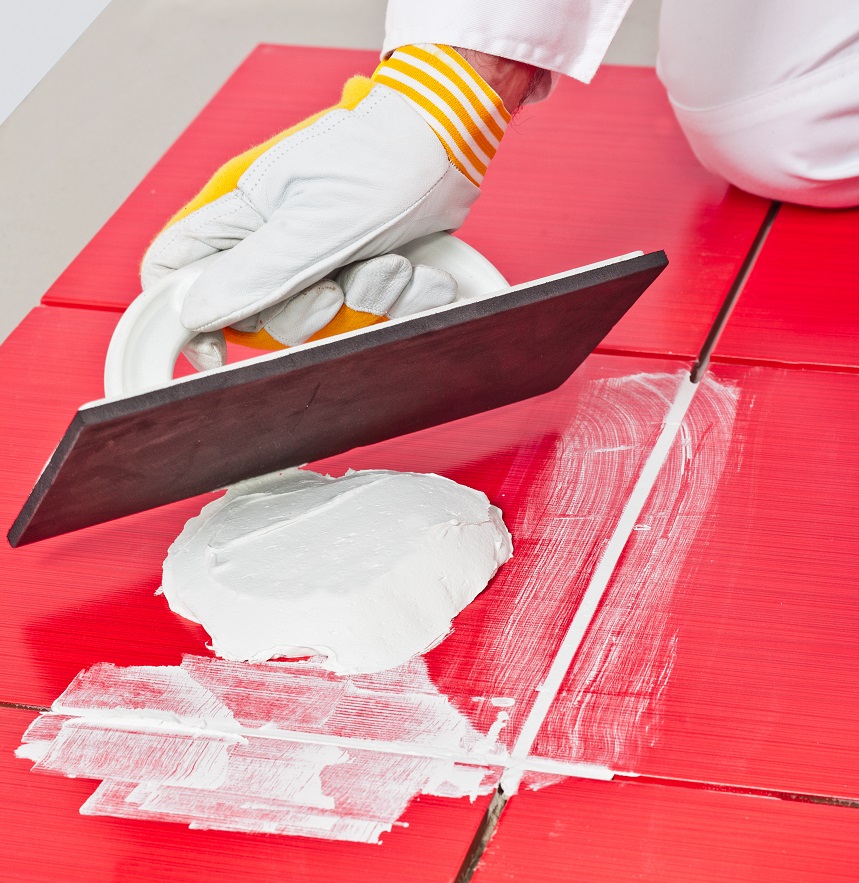
Gray or off-white grout is a popular option that creates a minimal and clean look, especially when the tile and grout colors are similar. Gray and off-white grout tend to complement warm color palettes, in particular, and they can ground more eclectic tile designs that have a stronger emphasis on color and pattern.
Black grout is excellent for creating a high-contrast design. It’s often used for patterning tiles like herringbone, where designers want the eye drawn to the shapes of the tiles. Black grout is also a popular choice for simple white subway tile to create a more traditional aesthetic.
Brown grout can be used with an earth-toned design. It’s a neutral color that lets the tile take focus, while adding warmth to a space. Designers often select brown grout to complement rooms with natural fibers and materials, like stone, leather, wood, and brick. It can be an excellent choice to pair with white, tan, or bronze porcelain tiles.
You can also select a custom tinted grout color that will complement your tile design. In general, it’s advised to select one color from the tile as the grout color. For example, for a tile design with pink, white, and yellow, you could select a yellow grout to make the colors in your tile pop. It’s important to remember that more porous tile types can absorb color from the grout.
Contact us
If you’re searching for the right grout option, we can help. Whether you’re debating grouting material or trying to select a color to complement your tile application, our experts are available to connect. Contact us now to start a conversation.